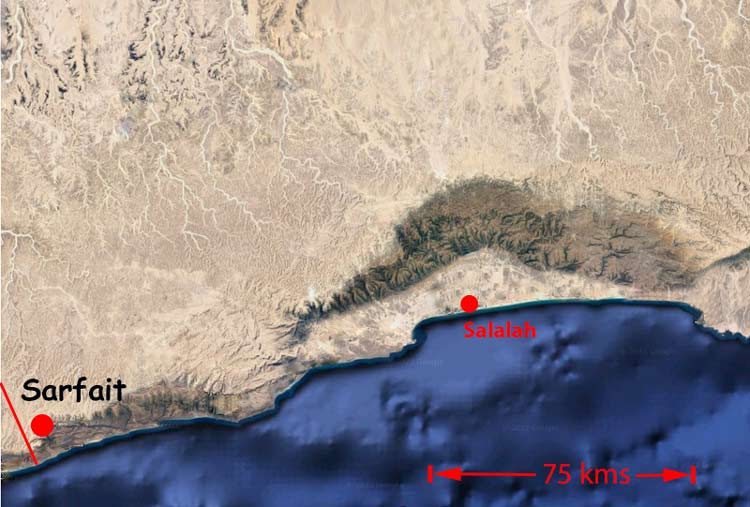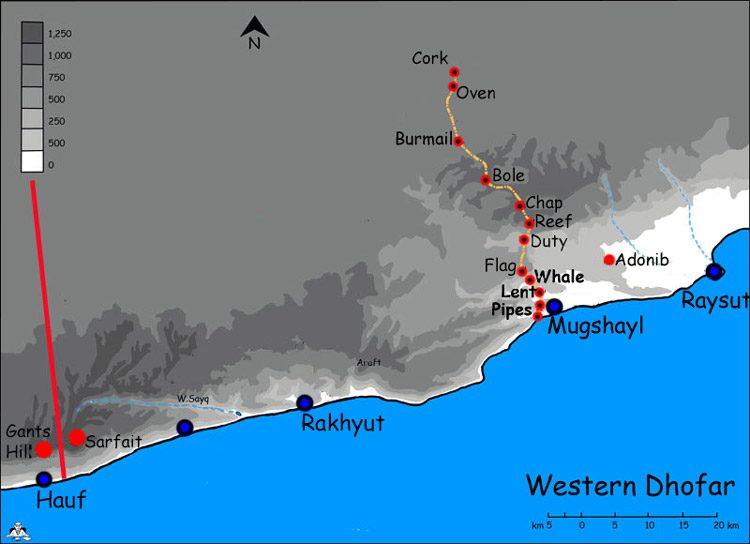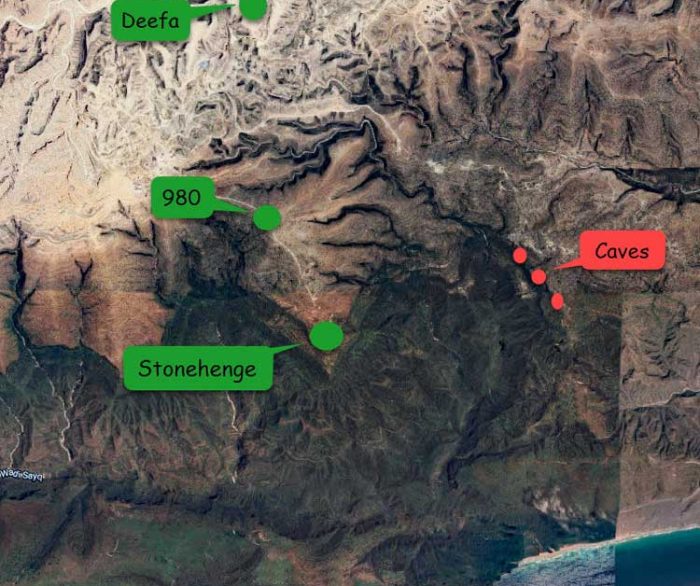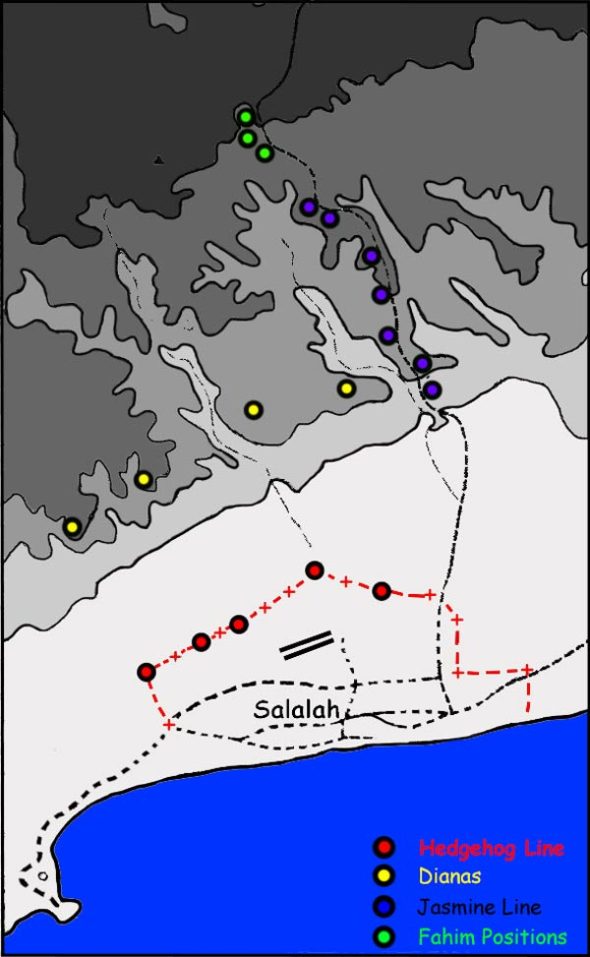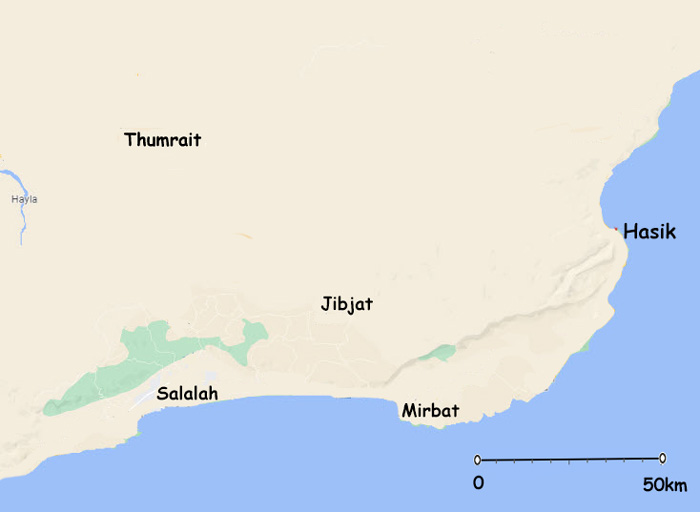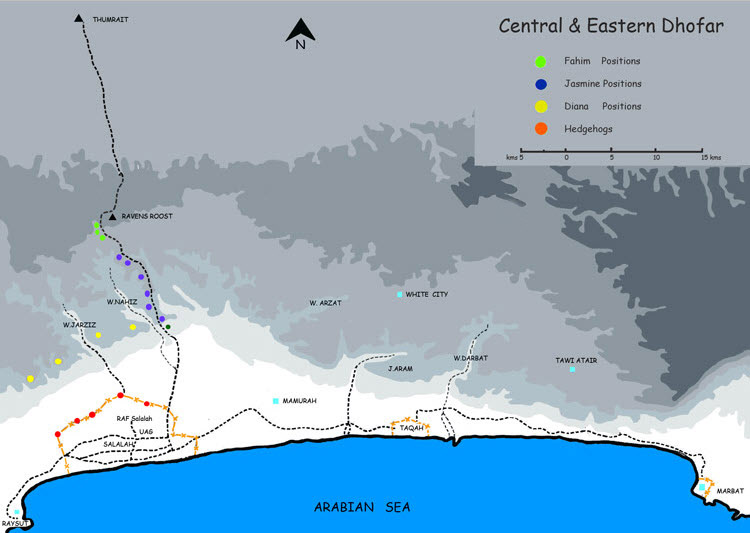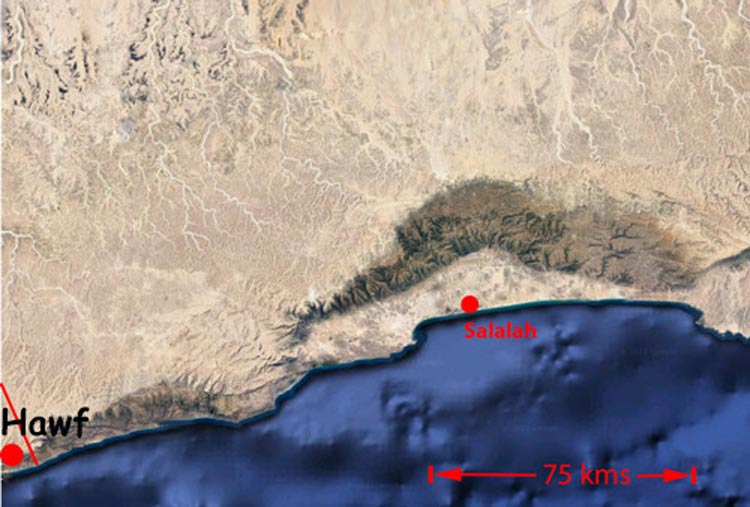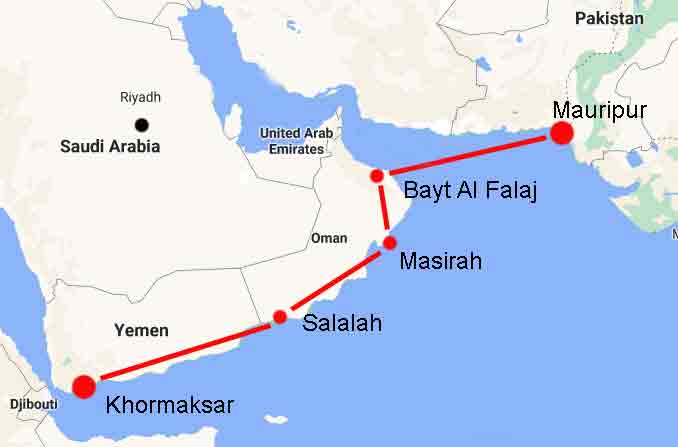
Photographs of the Sultanate of Oman 1974-76
Northern Oman

LINKS
Dhofar Area photographs from Trish Sole
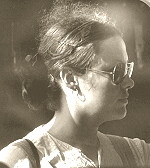
I am delighted that Trish Sole, who I did not meet when serving in Oman, made contact in 2007 to advise she had many photographs of her time in Dhofar which covered the same period as the web site, and asked if I would be interested in seeing some of her collection. From this early contact Trish has converted many of her photographs of the period into digital format. I am most grateful to her for forwarding photographs which very much complement the archive of material of the main site, and more importantly show how Oman has grown out of a war situation, backward infrastructure, and relatively primitive population at the time, and under the rule of Sultan Qaboos bin Sa’id it is now a 21st Century country.
As government forces achieved successes in the War, CATs (Civil Aid Teams) were implanted (military and civilian) to improve infrastructure and government influence. A Civil Aid Department was firmly established in 1January 1975 to co-ordinate and implement development.
Dhofar Jebali tribesmen were also changing loyalty and being formed into local militia (firqat) as they started to benefit from the progressive regime. Trish’s photographs show the early days of civil aid.
Civil Aid Development, (basic requirements) was being rolled out across Dhofar following military successes. Medical clinics were being established and Trish Sole (a young New Zealand contract nurse with Salalah Hospital, 1975 -1976) spent much of her time visiting the newly opened ‘clinics’ in liberated areas and also as a member of a flying doctor service to villages in Dhofar and many fishing villages and islands off the coast north east of Dhofar. (e.g. Kuria Muria Islands)
On the Jebel, schools were started, wells dug, road/track vehicle access was built, homes erected and local tribesmen had military transport provided to assist movement of cattle to Salalah and other markets. In many areas mines had to be lifted and territory made safe. 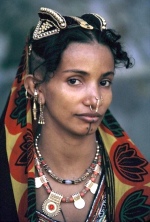 Trish, (as a woman), was fortunate to be able to photograph inhabitants thereby providing a unique record of population, dress and habitats in the wide variety of different areas visited. One of her photographs (right) shows a woman from a coastal village. There is a selection of colour and black and white photography throughout the Galleries of this Section.
Trish, (as a woman), was fortunate to be able to photograph inhabitants thereby providing a unique record of population, dress and habitats in the wide variety of different areas visited. One of her photographs (right) shows a woman from a coastal village. There is a selection of colour and black and white photography throughout the Galleries of this Section.
Acknowledgements.
I extend my thanks to Trish for the effort she has taken, the costs of ‘sorting’ out and digitising of selected photographs from her large collection of assorted material. Such images were either given to her or photographs she took herself. It has been no mean task to ensure that what is published is in keeping with the historical values we wish to portray on the site and hope they will also be of interest to those who were in Dhofar during the two years in question.
We acknowledge copyright of any images taken by third party photographers with whom we were unable to establish contact. For this reason none of the images presented in this section may be copied or published. I have promised Trish that any enquiries for her from the site will be passed on for her action or otherwise.
Lastly, I believe the images provided complement those in the Army (Dhofar) and Dhofar sections of the main website, and provide a broader portrait of Dhofar.
DAVID J CUTHBERTSON
Please note that the images on this page are copyright
Copyright C 2013 KDesign
EMAIL: post@bizness.co.uk
Web Site 3rd Edition
